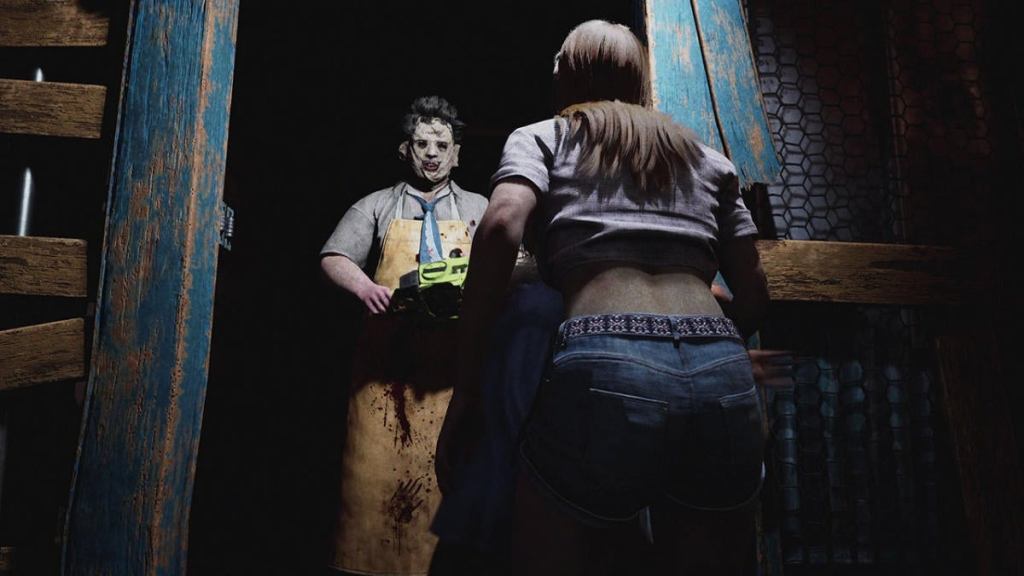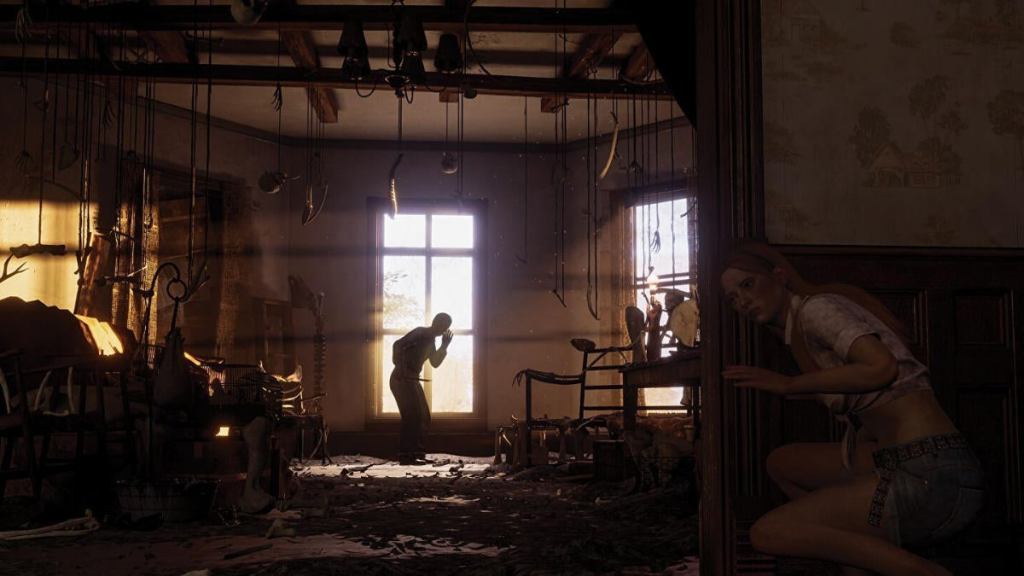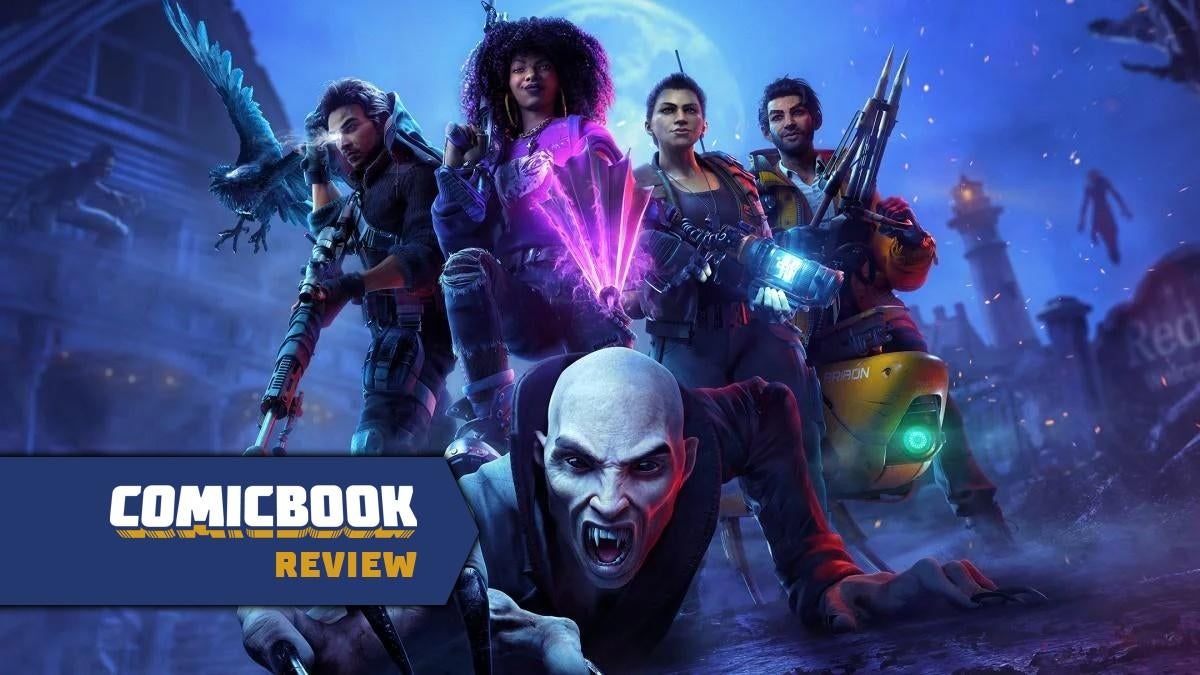In 2017, Gun Media published Friday the 13th: The Game, an asymmetrical multiplayer horror game based on the slasher franchise. While initially successful, legal issues plagued the game, ultimately leading to its delisting. Now, Gun Media returns with The Texas Chain Saw Massacre, a similar game centered around the terrifying world of Leatherface and his family. This new title shares DNA with its predecessor, but also introduces key differences, some beneficial, others not so much.
This review explores the gameplay, strengths, and weaknesses of The Texas Chain Saw Massacre, comparing it to Friday the 13th and examining its potential for future growth.
Family Matters: A New Take on Asymmetric Horror
Unlike solitary slashers like Jason Vorhees or Michael Myers, Leatherface’s terror is amplified by his disturbing family. The Texas Chain Saw Massacre cleverly incorporates this dynamic, setting it apart from Friday the 13th. Instead of one killer versus a group of survivors, this game pits three family members against four victims, creating a unique and chaotic experience.
 texas-chain-saw-leatherface.jpg
texas-chain-saw-leatherface.jpg
Players can choose to embody either the Sawyer family or their unfortunate victims, with a quick match option for those eager to jump into the carnage. Victims begin kidnapped and must escape the Sawyer family’s gruesome home. They’re constantly bleeding, adding a sense of urgency to their escape. Meanwhile, the family hunts them down, with Leatherface leading the charge, supported by two other family members. These supporting characters have unique abilities, such as Grandpa’s blood-fueled sonar, which helps pinpoint victim locations.
The 3v4 setup is a significant improvement over Friday the 13th. Even less skilled players can contribute meaningfully to the match, whether as a killer or a victim. The cooperative nature of the gameplay, both for the family and the victims, enhances the overall experience and makes for more balanced and engaging matches.
Immersive Atmosphere, but Technical Hiccups
The Texas Chain Saw Massacre excels in its presentation. The voice acting is convincing, and the sound design is truly terrifying. The ever-present threat of a nearby chainsaw creates a constant sense of dread. While the graphics are adequate, they don’t push the current generation of consoles to their limits. Additionally, occasional game crashes, though infrequent, slightly detract from the experience.
Content Limitations: A Missed Opportunity
 friday-the-13th-texas-chain.jpg
friday-the-13th-texas-chain.jpg
The biggest drawback of The Texas Chain Saw Massacre is its limited content. At launch, the game offers only three maps, all based on the original 1974 film. While iconic, the lack of variety becomes apparent quickly. The absence of single-player modes or additional features, such as the Virtual Cabin in Friday the 13th, further exacerbates this issue. The potential for expanding upon the rich lore of the franchise, with maps and characters from other films, is vast but seemingly hampered by legal issues.
The inclusion of additional game modes, inspired by specific scenes or characters from the franchise, could significantly enhance the game’s longevity. Imagine a challenge based on “Lefty” Enright’s chainsaw battle in Texas Chainsaw Massacre 2 or a scenario involving the party bus massacre from the 2022 film. Such additions would inject much-needed variety and replayability into the game.
A Promising Start, Waiting for More
 texas-chain-saw-survivor.jpg
texas-chain-saw-survivor.jpg
The Texas Chain Saw Massacre delivers a thrilling and engaging multiplayer experience, capturing the essence of the franchise’s unsettling atmosphere. However, the lack of content holds it back from true greatness. With the right additions, this game has the potential to become a staple in the asymmetric horror genre. The developers’ clear reverence for the source material shines through, but they need to expand upon this foundation to ensure long-term player engagement.
Rating: 3.5 out of 5
The Texas Chain Saw Massacre is available on PS4, PS5, Xbox One, Xbox Series X|S, and PC. This review was conducted on an Xbox Series X using a code provided by the publisher.










